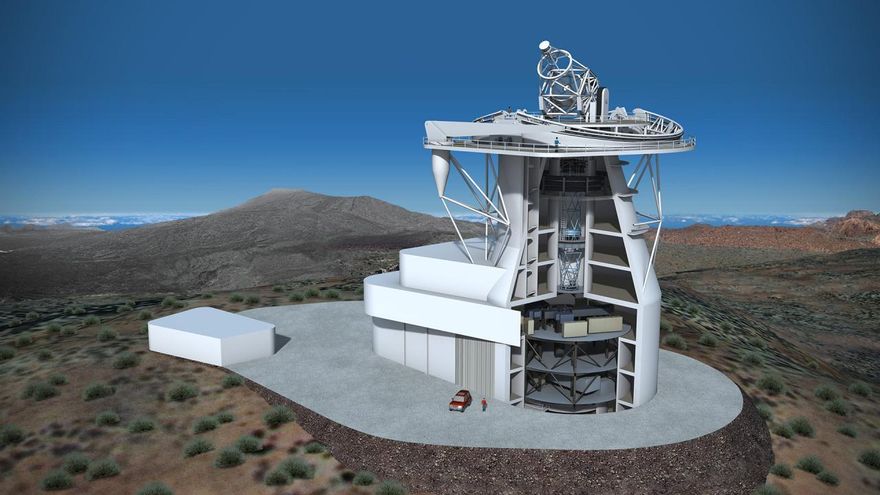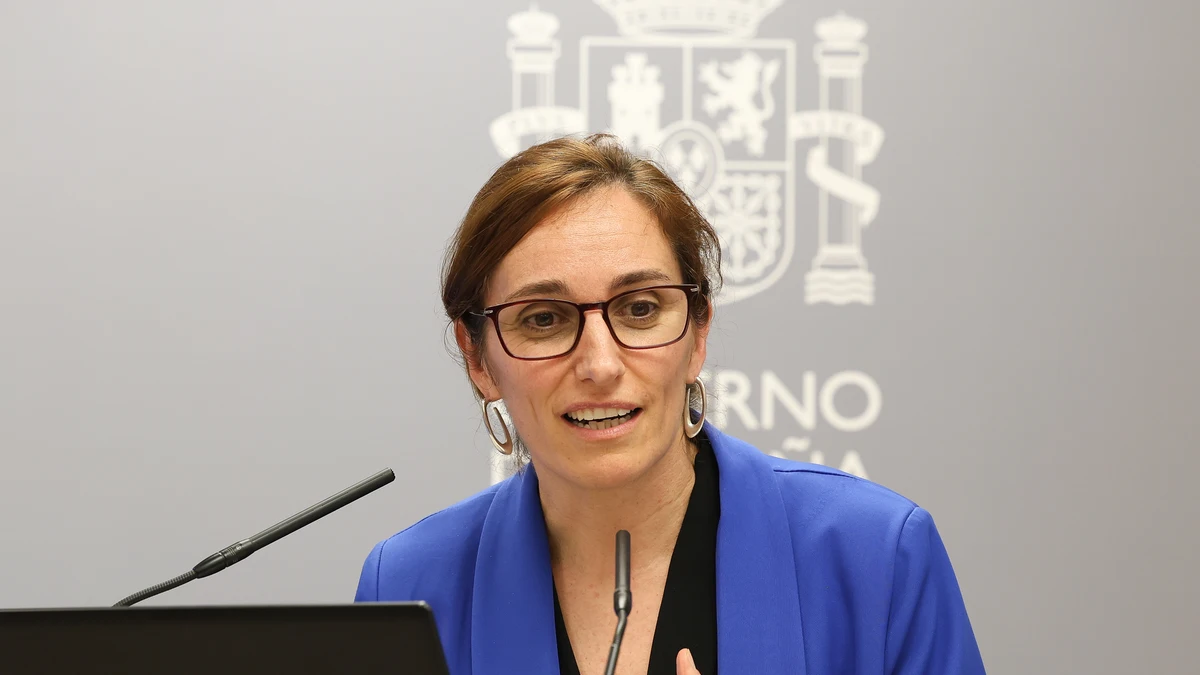Green light for the construction of the European Solar Telescope in La Palma


The International Scientific Committee of the Observatories of the Canary Islands has agreed to the proposed site for the installation of the European Solar Telescope (EST, for its acronym in English) in the Roque de los Muchachos, on the island of La Palma.
The decision has been taken at the first of the biannual meetings of the Committee, held virtually, and gives the green light to "the construction of the largest European infrastructure dedicated to observing the sun and the consecration of the Canary Islands as the place with the highest concentration of solar telescopes in the world, "according to the Instituto de Astrofísica de Canarias in a statement.
Location
The final location of the European Solar Telescope has been established taking into account the requirements that a solar telescope must meet to optimize its scientific results, avoiding disturbances in nearby infrastructures.
The construction of the European Solar Telescope on La Palma It is scheduled to start in the 2023-24 biennium, once the necessary funds are consolidated, and it is expected to receive first light in 2028-29.
The construction of the European Solar Telescope on La Palma is scheduled to begin in the 2023-24 biennium
The EST will feature a 4.2-meter primary telescope and an advanced adaptive optics system, a technology designed to reduce image distortions caused by Earth's atmospheric turbulence.
"Therefore, this telescope will be able to distinguish structures on the solar surface as small as 30 kilometers. Thanks to its large mirror and special optical design, EST also you will be able to make highly accurate measurements of magnetic fields, greatly improving the capabilities of any existing solar telescope today ", highlights the Instituto de Astrofísica de Canarias.
Research subjects
The main objective of the telescope, which will allow a better understanding of solar magnetic activity, will be to investigate the structure, dynamics and energy of the lower solar atmosphere to study phenomena such as sunspots or flares, with unprecedented precision.
"It will be a technologically unique telescope in the world and will represent the greatest exponent of European terrestrial solar physics", according to the IAC
"EST will be a technologically unique telescope in the world and it will represent the greatest exponent of European terrestrial solar physics. For this reason, since 2016 it has been included in the roadmap of the European Strategy Forum on Research Infrastructures ", adds the IAC.
The project is promoted by the European Association for Solar Telescopes, which includes 26 institutions from 18 European countries. Among them, in Spain, is the Instituto de Astrofísica de Canarias, coordinator of the project and responsible for several work packages, and the Instituto de Astrofísica de Andalucía (IAA), which manages the entire communication package and has collaborated with the project from the scientific and technological point of view from its origins.










